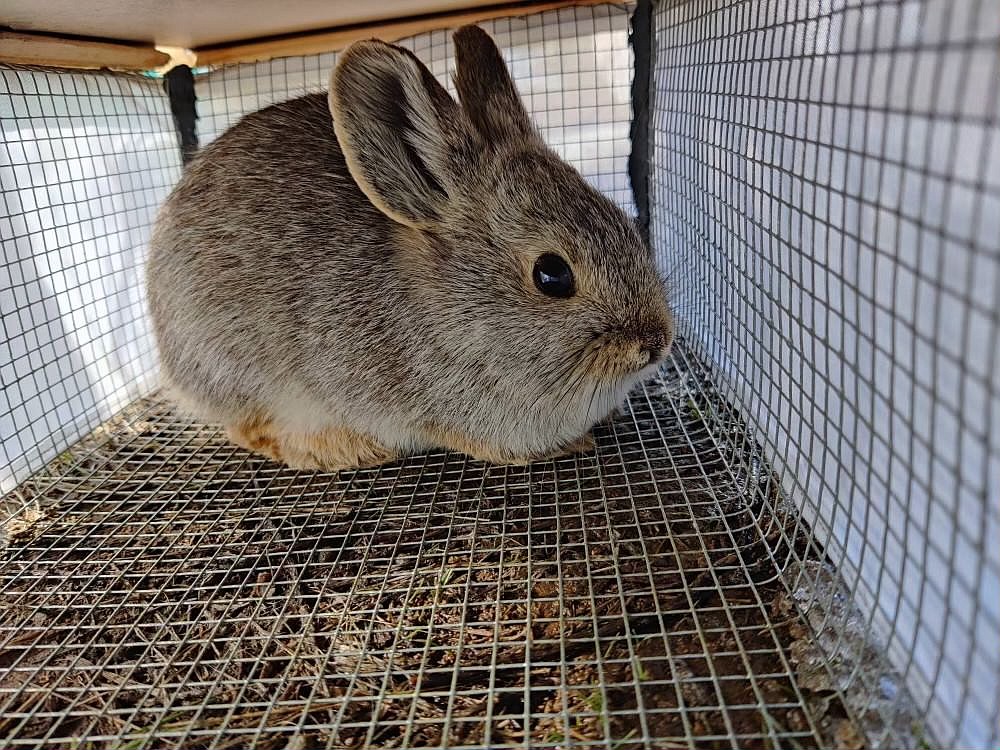Saving the pygmy rabbit
COLUMBIA BASIN — The pygmy rabbit, native to the land just north of Quincy, is just one of a number of threatened and endangered species in Washington. However, these little rabbits are part of a bigger story.
Become a Subscriber!
You have read all of your free articles this month. Select a plan below to start your subscription today.
Already a subscriber? Login





